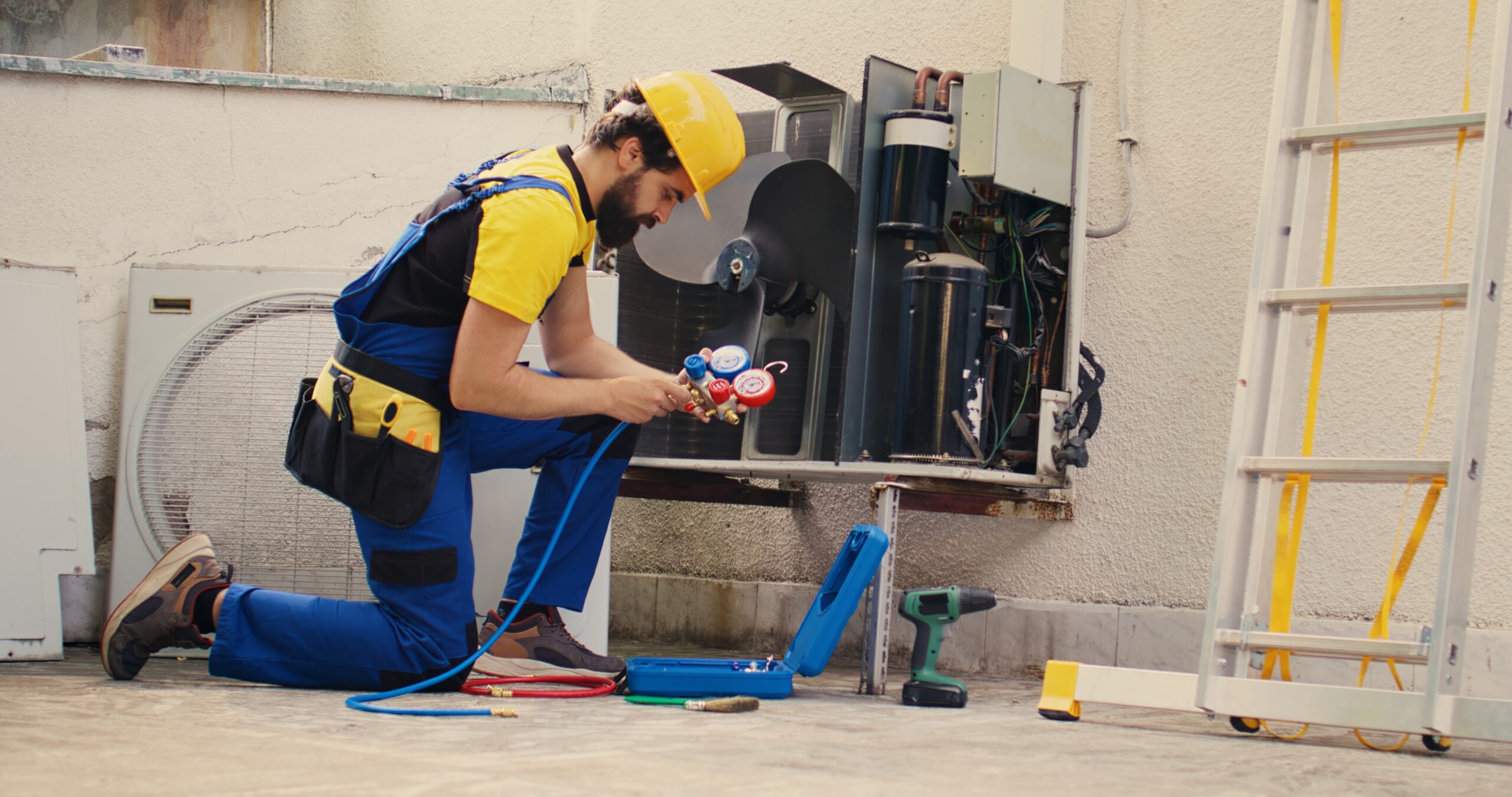One of the most difficult steps of any startup process is the branding phase. While you may think you have some robust ideas and a solid logo in place, it’s often not enough. Branding goes much further and impacts metrics such as relevancy, visibility, and customer loyalty.
If you want to be the preferred contact for all of your customers, you need to find how to curate a brand that reps your mission statement and your core values. It’s not enough to stick within your own business pod. You have to find ways to expand your reach and connect with other target audiences. If you need new ideas for branding, here’s what you should keep in mind during your initial growth stages.
Start with the visual components of your brand.

While your logo, company colors, and slogans aren’t the entirety of your branding efforts, it’s still essential that you’re recognizable. Customers want to be able to place your logo with your products and connect colors to your brand. If you’re unsure where to start, you’ll probably want to get a quick quote from a designer or clothing brand. You want to ensure the design’s extreme accuracy and repeatability while ensuring you’ve crafted a vision that truly captures your consumers’ attention. Luckily, you don’t even need your own factory to do this. A lot of your design work can be outsourced, especially if you know where to look. In fact, many companies have built their entire foundations upon helping improve brand visibility and relevance.
Consider companies like Allen Sportswear (allensportswear.com) that work on custom sportswear for different teams. Though the word uniform sounds a bit old-fashioned, there’s a reason so many companies use uniforms. It’s not about the fabric, jacket, or lightweight moisture-wicking material. It’s about creating an immediately recognizable representation of a brand. You recognize Target every time you see khakis and red shirts. Green aprons hearken back to Starbucks. The list goes on and on. The right brands can help you create products that help proliferate your business to the masses. It would help if you found a pro, though. It’ll save you a lot of hassle in the long term.
Keep your values front and center.
Does your brand have a giving pledge? Are you involved in philanthropy? Do you make charitable donations like top entrepreneurs such as John Arnold? If you answered no to these questions, you might need to reassess how you present your values to the public. Many customers tend to spend with their morals these days. Brands that don’t stick to green initiatives lose climate-conscious buyers. Brands that don’t give back to the community lose local shoppers. On the other hand, a brand with quality values and initiatives (and a degree of transparency) can attract and secure customers for longer periods of time.
You don’t need to be a billionaire to get involved in philanthropy. Philanthropy can be as small as giving funds. You could work to develop a community scholarship that supports local students and educators. You can invest in complementary businesses to create a strong local network. It may take some time to fine-tune all the components of brand values. There’s no easy setup process, after all. However, it greatly impacts your prospects and often directly controls how you and your business partners perform.
Not every entrepreneur is a good philanthropist, but the ones that tend to stick around are. There’s a reason that so many of the world’s top names are heavily invested in charities, giving pledges, and recurring donations.
Invest in the edge of technology.

Part of your brand strategy includes investing in modern technology to help you provide world-class service. After all, if you build a brand as a slower, ineffective, less-capable business, you’ll be recognizable for your negative qualities, not the positive ones. This isn’t unique to the United States of America, either. Traders across the world buy and sell based on how future-proofed a brand is. Even with strong relationships and quality products and accessories, you still need to continue pushing forward. Otherwise, you run the risk of falling behind the competition and tarnishing your brand.
Say, for instance, you run a vaping business. Currently, your machine has a lower dispense volume. This impacts how quickly you can fill an oil vaporizer device, which can also damage system components and your usually exceptional customer support. Unless you want to deal with gram loss and system process variables for the machine’s lifetime, you can invest in newer oil filling applications that make it easier to develop new oil formulas, dispense components, and run an industrial control system. This speeds up orders and enhances overall quality assurance for all your accessories.
While you may not need an oil filling machine for your specific business, the principle remains the same. Do you handle a large volume of customer-facing tickets each day? Maybe you invest in advanced call center software that makes it easier to process inbound calls. Do you work with product development? You could invest in software that makes it easier to monitor operating parameters. Whether you run an apparel brand, a filling operation, or you’re in energy trading, you need to incorporate tools and software that keep your brand chugging forward, not ones that drag you backward.
Stick to your messaging.
Perhaps the one thing that’s most important to your branding is consistency. If your brand changes too much or struggles to maintain a consistent image, your audience is bound to get confused. While this doesn’t mean you can’t rebrand if your current image alarms customers or harms your prospects, you shouldn’t make switches just because you can. Instead, it’s way more important that you have metrics and real-time diagnostics backing any of your major business decisions. If you need help with this step, source feedback directly from your customers.
Whether you’re selling replaceable components for new vape devices, working with a uniform builder, or being in the criminal justice industry, you need to have a strong, relatable brand. While it’s liable to take some experimentation, the results are bound to be worth it.


















